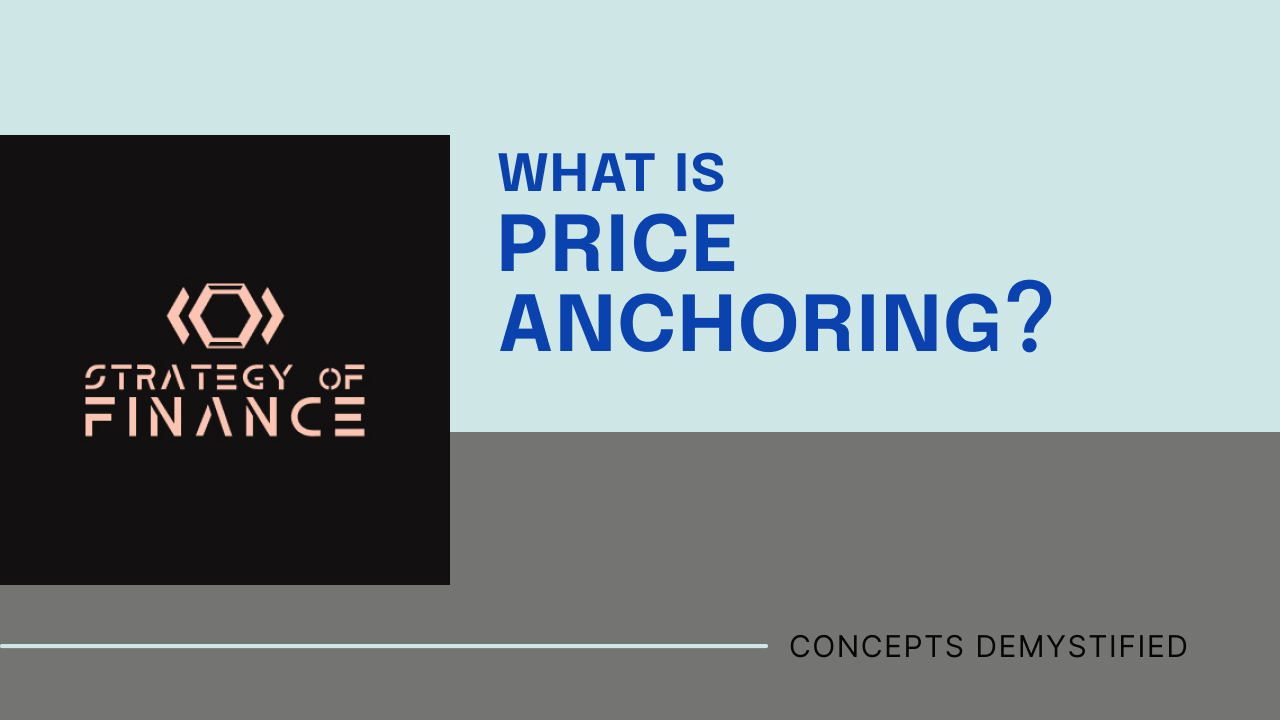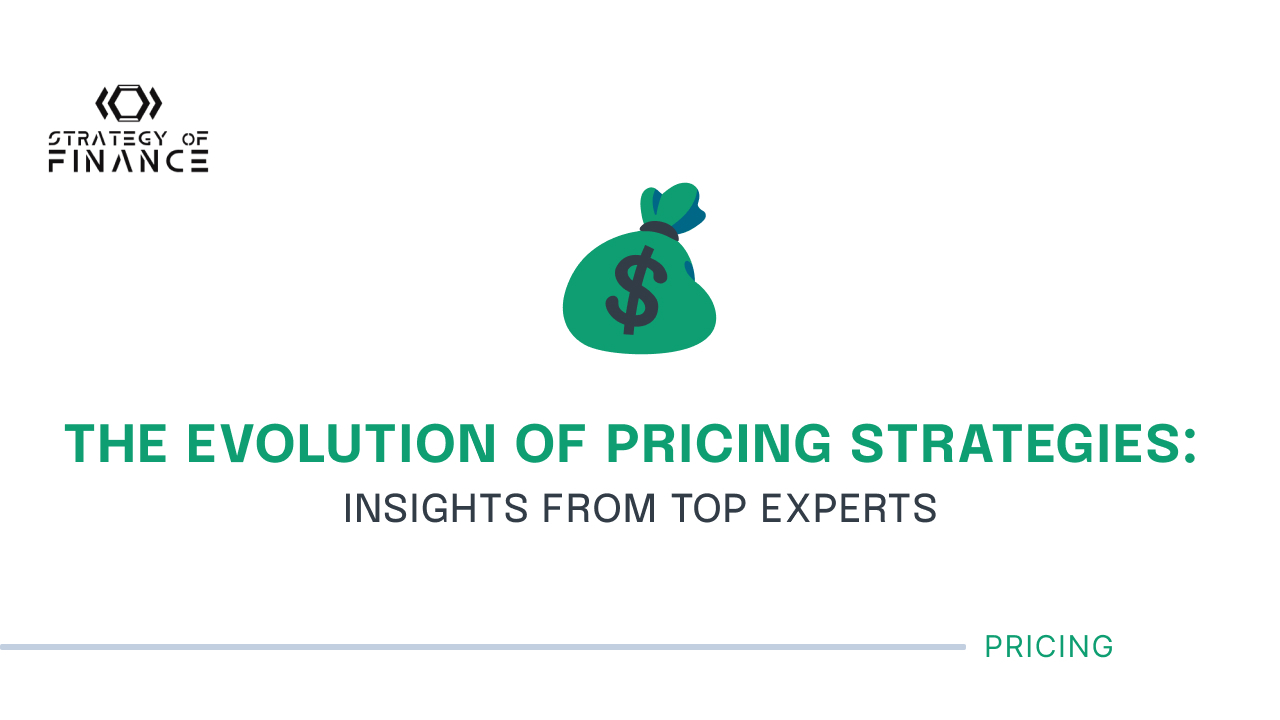The Power of Price Anchoring: Shaping Customer Perception

The Power of Price Anchoring: Shaping Customer Perception
In the field of pricing, numbers are not just figures on a tag—they are powerful tools that shape customer perception and influence buying decisions. One of the most compelling concepts in this arena is price anchoring. This psychological strategy can significantly change how customers perceive the value of a product or service. Let’s dive into the concept of price anchoring, understand its mechanics, and explore its impact on consumer behavior.
What is Price Anchoring?
Price anchoring is a psychological phenomenon where an initial price presented to a potential buyer sets a reference point, or “anchor,” that influences their perception of subsequent prices. Essentially, when a high price is shown first, any lower price that follows appears more attractive and affordable in comparison. This technique leverages the human tendency to compare numbers automatically, shaping our perception of value and making the lower price seem like a better deal.
The Psychology Behind Price Anchoring
Humans are naturally inclined to make comparisons. When we encounter numbers, we instinctively evaluate them against each other. This comparison process is deeply ingrained in our cognitive functions. Price anchoring exploits this tendency by setting a high reference point that skews our perception of what constitutes a good deal.
For instance, if you walk into a store and see a luxurious watch priced at $2,000, that price becomes an anchor in your mind. When you later see a different watch priced at $1,200, it appears more reasonable and affordable, even though $1,200 is still a substantial amount of money. The initial high price makes the lower price seem like a bargain.

A watch store, in a scenic setting, showcasing different prices for various watches.
Real-World Applications of Price Anchoring
Retail and E-commerce: Price anchoring makes mid-range products appear more affordable in retail, especially in high-end stores. Luxury items are often displayed prominently to set high anchors. Online retailers use similar tactics, showing the original price alongside the discounted price to create a perception of value.
Restaurants and Menus: Restaurants frequently use price anchoring on their menus. By listing an expensive item at the top, they make the subsequent dishes seem more reasonably priced. This subtle manipulation can guide customers toward ordering higher-margin items.
Subscription Services: Subscription-based services often present multiple pricing tiers. The highest tier serves as an anchor, making the mid-tier options appear more attractive and cost-effective.
The Role of Technology in Price Anchoring
Advancements in technology have amplified the effectiveness of price anchoring. E-commerce platforms can dynamically adjust prices and display anchor prices based on customer behavior and market trends. Personalized pricing strategies use data analytics to set anchors tailored to individual customers, enhancing the impact of this technique.
For example, an online retailer might track a customer’s browsing history and identify a pattern of interest in high-end electronics. The platform can then display premium products at high prices before showing more affordable options, increasing the likelihood of a purchase.
Ethical Considerations
While price anchoring can be a powerful tool for businesses, it is crucial to use it ethically. Manipulating prices to create false perceptions of value can lead to customer distrust and damage a brand’s reputation. It’s important to remember that transparency and fairness should guide pricing strategies. By using price anchoring thoughtfully and ethically, businesses can ensure long-term customer loyalty and trust, fostering a responsible and mindful approach to pricing.
Conclusion
Price anchoring is not just a fascinating concept but also an empowering pricing strategy. It harnesses the human inclination to compare numbers, allowing businesses to shape customer perceptions and make their offerings more appealing. By setting high reference points, companies can influence how customers perceive the value of their products and services, making lower prices seem more attractive. This strategy puts the power of perception in the hands of businesses, giving them a competitive edge in the market.
Mastering the concept of price anchoring can help businesses enhance their pricing strategies, drive sales, and achieve a competitive edge. As we continue to explore the intricacies of consumer behavior and pricing psychology, it becomes clear that the numbers we present are not just figures—they are powerful tools that shape perceptions and influence decisions. By using price anchoring thoughtfully and ethically, businesses can create compelling value propositions that resonate with their customers.
***
May 29, 2024 By Rohit Agarwal
Related Content

Feb 09, 2024

Ex-head of procurement at Wipro
Easy to Reach.
Flexible.

Global Head of Procurement, MongoDB








